

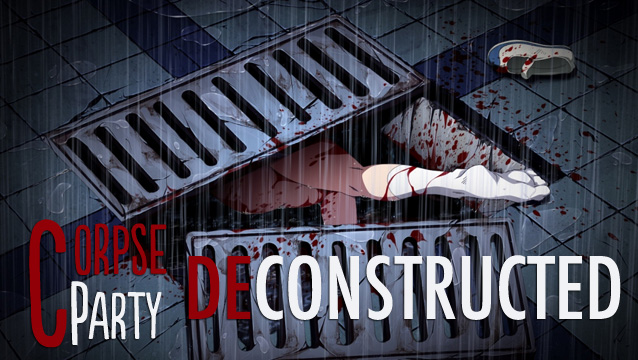
While the visual novel may be a big deal in Japan, it hasn’t really found its footing in the US, although there are certainly dedicated fan translators out there who have gone to great lengths to make sure that hardcore fans can play some of the most well-known ones, such as Higurashi no Naku Koru Ni. There are also rare instances where a visual novel gets a proper US release, as in the case of Chunsoft’s 999: Nine Hours, Nine Persons, Nine Doors, which tells the story of a group of people trapped on a sinking ship together who must try to escape. The horror visual novel is its own niche altogether, however, and while Corpse Party has more action factored into its formula, the influence of visual novels is obvious in its format. Corpse Party tells the individual stories of nine characters and their adventures inside a haunted school by the name of Heavenly Host Elementary, which they are transported to by way of a mysterious earthquake. Naturally, since the school in question was torn down years ago after a series of ghastly murders, you can only assume that the worst is going to come. And it does.
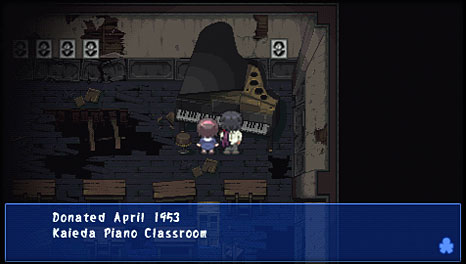
The characters of Corpse Party are very much the typical stereotypes you expect to see in any visual novel: Satoshi Moshida, the shy and cowardly guy who gets picked on, Naomi Nakashima, the tomboy with the fun attitude, Seiko Shinohara, the cheerful best friend … and the list goes on. It could be stale, if it chose to be, but the writing is compelling enough here to keep us enrolled in the events and eventually to become interested in what role each of these characters play in the bigger picture.
One thing Corpse Party boasts is multiple endings, and it even has a star system within the menu so you can keep track of them all and try to unlock them. Many of these are “bad” endings in which your character dies, usually in a pretty gruesome way. Sure, the goal is to survive … but if you want the full experience of Corpse Party, you want to see what depraved lows it can go to almost more than you care about seeking out its highs.
Many gamers would be frustrated to have “wasted time” on the bad ending, but these are actually desirable in Japanese titles, as it gives the player a different perspective on how their story could come to an end. Watching a horror film has its own strange appeal, but playing a role in which you make decisions that can change the course of a story has a different resonance altogether. Corpse Party chooses to beckon to you, opening the door and showing you a mutilated mess of horrors. And perhaps you’ll follow, because you can’t seem to help yourself.
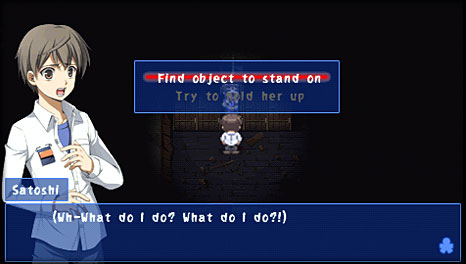 I’d wager that gamers new to this type of title could be somewhat taken off guard by the brutality and haunting images that it chooses to use in the telling of its story. Of course, Japan is known for its love of the horror genre, but even so, I’m a bit of a hardened horror fan, and there were parts of Corpse Party that made me shiver and look around to make sure that nothing had appeared in the corners while I was focusing on my PSP screen.
I’d wager that gamers new to this type of title could be somewhat taken off guard by the brutality and haunting images that it chooses to use in the telling of its story. Of course, Japan is known for its love of the horror genre, but even so, I’m a bit of a hardened horror fan, and there were parts of Corpse Party that made me shiver and look around to make sure that nothing had appeared in the corners while I was focusing on my PSP screen.
Other horror/visual novel titles such as Animamundi: Dark Alchemist portray a central character who tries to bring his beheaded sister back to life with the use of dark magic. Exploring characters like this gives us as players a chance to participate in an adventure that intrigues us because of its weirdness, but it also puts us in a position where we have to face certain actions we may have to take to advance that we may not like.
Corpse Party is a niche within a niche, a game so beautifully Japanese it stands as a commentary on the society itself as well as a source of entertainment. It’s true that as a society Japan seems to enjoy exposing the darkest parts of the human psyche, and Corpse Party only restates that theme. Whether or not American gamers will want to tap into that vein remains to be seen, but considering our taste for horror in film, it seems there might be a good chance we want to probe openly into our own darkness, and see where it might lead us.

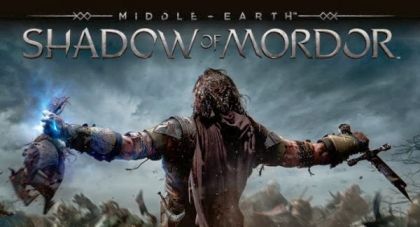

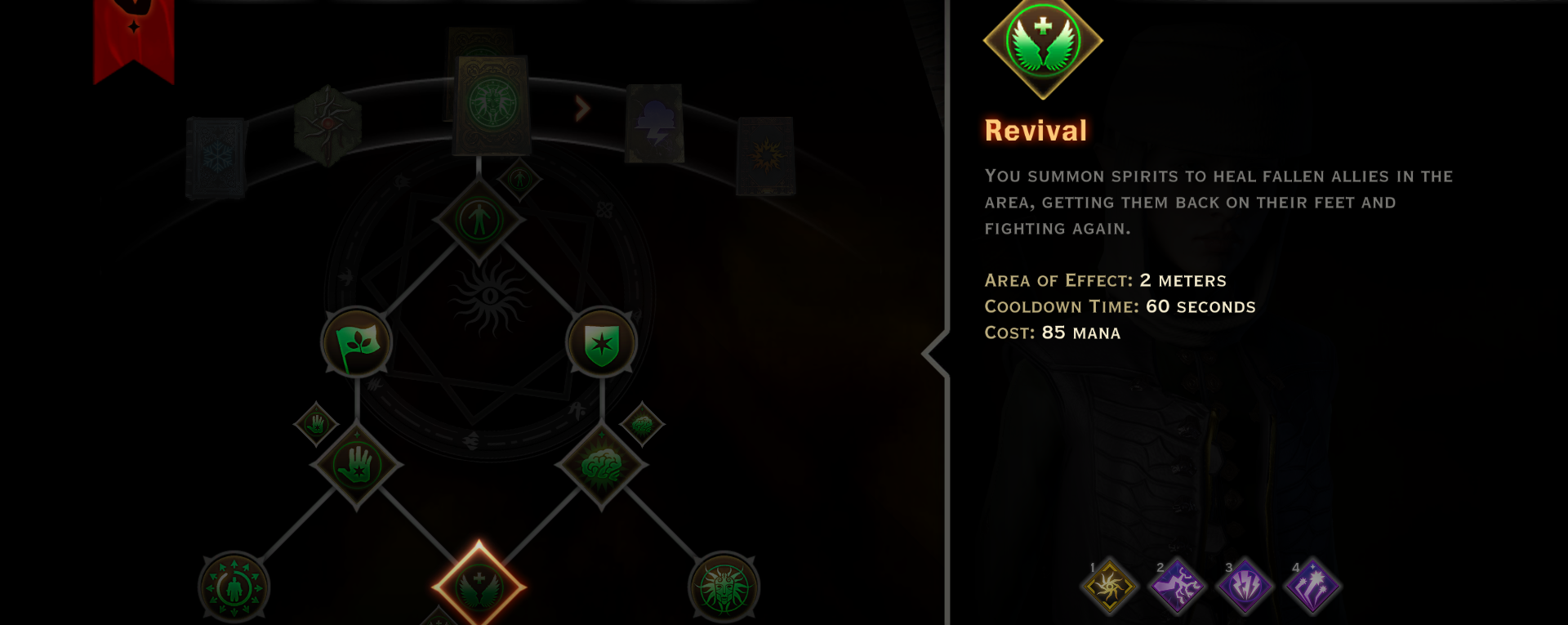
 Destiny: How To Get Exotic Weapons and Exotic ability Guide
Destiny: How To Get Exotic Weapons and Exotic ability Guide Five Must-Buy PS Vita Games in 2015
Five Must-Buy PS Vita Games in 2015 Just Cause 3 - How to Get the Rubber Ducky Boat
Just Cause 3 - How to Get the Rubber Ducky Boat Grand Theft Auto 5 Mission Complications Walkthrough Gold Guide
Grand Theft Auto 5 Mission Complications Walkthrough Gold Guide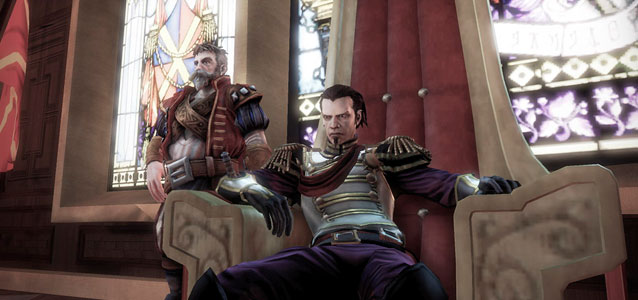 Fable III Walkthrough Video Guide in HD
Fable III Walkthrough Video Guide in HD